
OMDYN2
Dynamic umbilicals for floating marine renewable energies technologies - Phase 2
Duration: 48 months (2018 - 2021)
Context
Dynamic power cables have been clearly identified as critical components for floating ORE systems. High voltage alternative current cables, known as HVAC, for floating wind turbines are the main concern at this stage. One of the challenges for the French industry is to identify the need to build, or adapt, a test bench that would account for the inherent coupling between the mechanical, electrical and thermal stresses involved.
Objective
To experimentally characterise and then model the multiphysical stresses experienced by dynamic cables and propose a methodology for monitoring them in service
Main achievements
- Characterisation of the mechanical behaviour of a dynamic cable as a function of temperature rise
- Development of a local analytical cable section model and definition of global parameters for ensemble models
- Implementation and calibration of a finite element volume model and inter-component friction model
- Realisation of innovative tank tests at scale 1 of a cable colonized by mussels obtained by 3D printing
- Proof of feasibility of curvature measurements using optical communication fibre, identification of conditions for measuring internal stresses by optical fibre
Conclusion
OMDYN2 has made it possible to clarify the complexity of a dynamic multi-material cable under multiphysical stresses. Initial numerical models calibrated on tests have provided a better understanding of these interactions. The calculation of fatigue in armouring and conductors is now relatively reliable, but there is still work to be done on the life of conductors and insulators. The novel and realistic hydrodynamic tests of mussel colonisation indicate higher stresses than those described in the literature. Promising avenues for in-service fibre optic monitoring have also been identified.
Resources
Partners and funding
This project was led by Centrale Nantes and France Energies Marines.
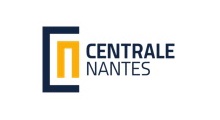
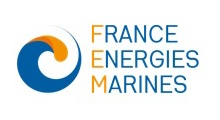

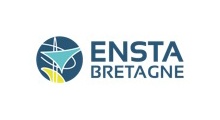


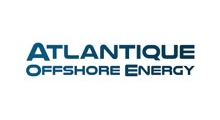



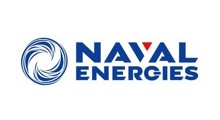

The total project budget was €2,143K.
This project received funding from France Energies Marines and its members and partners, as well as French State funding managed by the National Research Agency under the Investments for the Future Programme (ANR-10-IEED-0006-28).

Photo credit: France Energies Marines